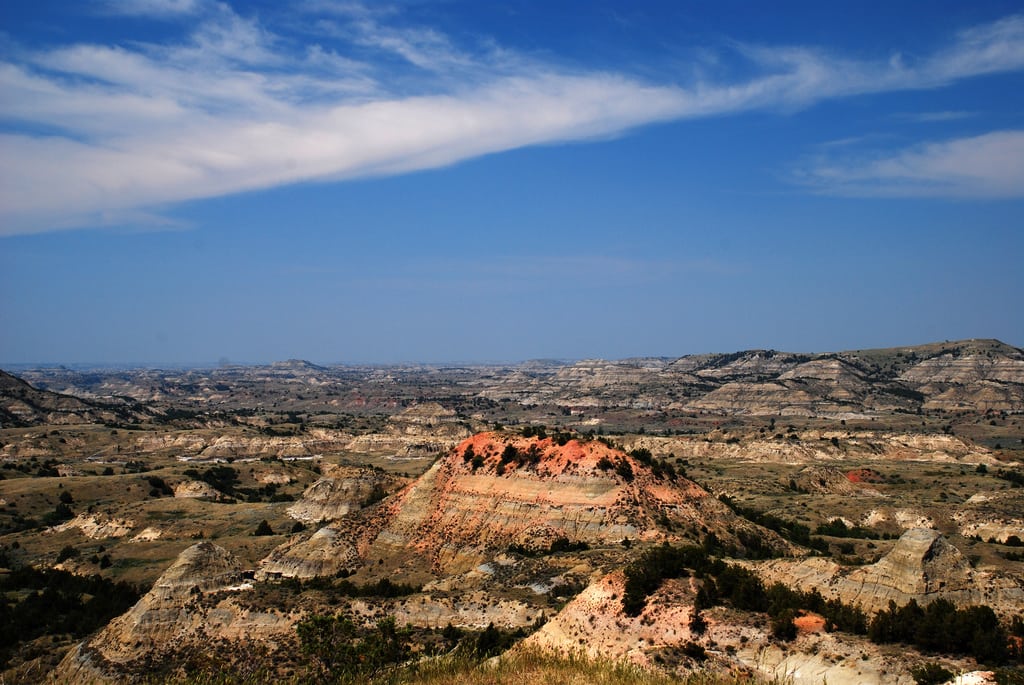The least visited state in mainland U.S. is having a tourism boom, thanks to oil

Skift Take
North Dakota is having a moment, and how.
New people are coming to North Dakota and the state's tourist attractions want to see them.
Terry Harzinski, executive director of the Bismarck-Mandan Convention and Visitors Bureau, said he was sitting beside a man from Mobile, Ala., on a flight out of the Bismarck airport. He said the man, who was working in the West, told him, "We love Bismarck."
When the man's family came to visit, they stayed in Bismarck to shop and spend time together.
"We know we're getting people from the oil patch," Harzinski said.
The national attention given to North Dakota's oil boom has made it a place of interest for people across the country, and tourism is benefiting. There were 17.2 million visitors to the state in 2012.
"We can see our industry growing. Tourism across the state is growing," Harzinski said.
In Bismarck, expansions at the Dakota Zoo, Sleepy Hollow Arts Park and the North Dakota Heritage Center will bring more things for visitors to do, said Sara Otte Coleman, tourism director for the North Dakota Department of Commerce. Events like the United Tribes International Powwow and Mandan Rodeo Days remain big draws.
"We've obviously seen tremendous growth across the state," Otte Coleman said.
It is difficult to market directly to workers
